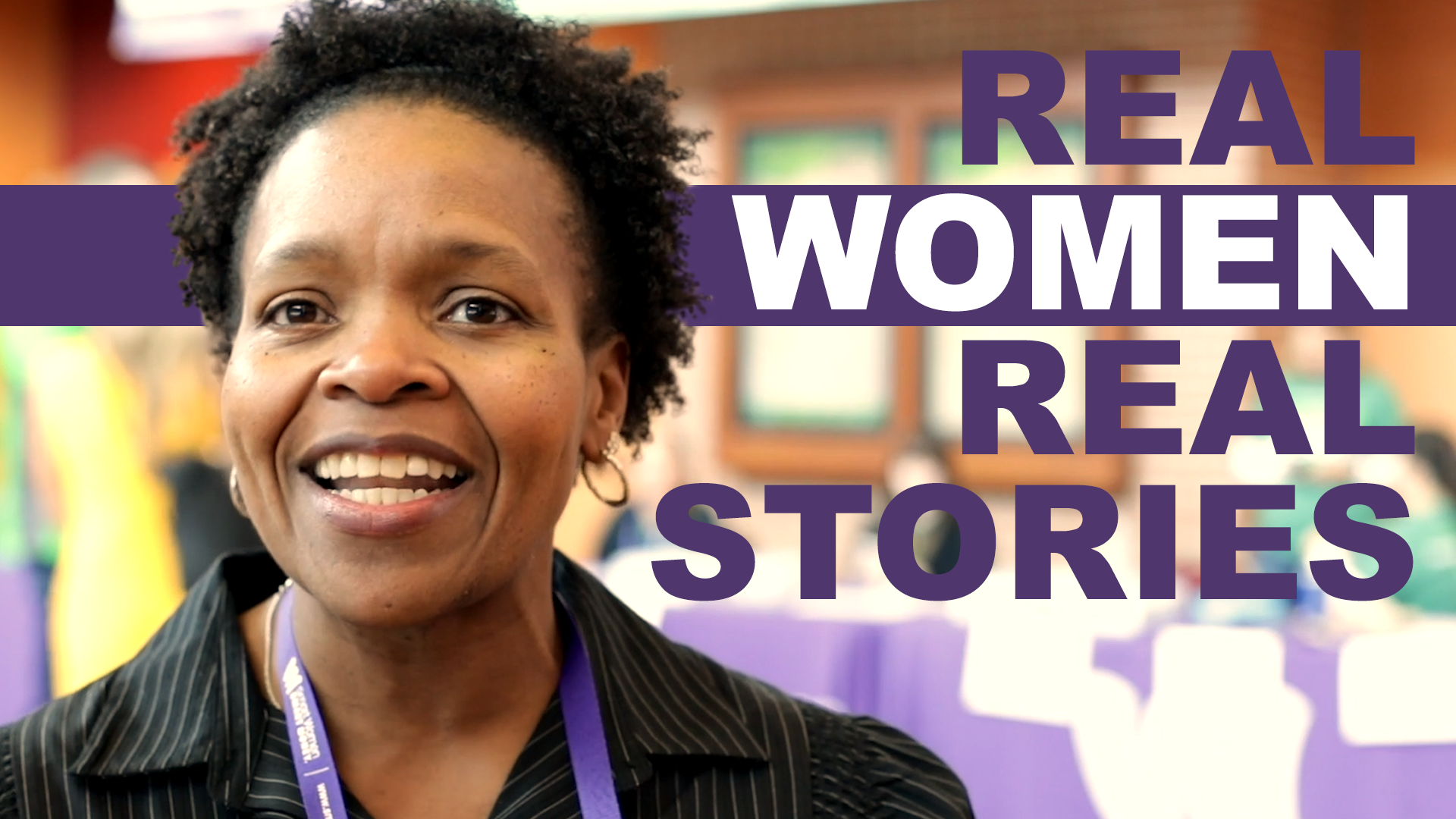By Nebraska State Treasurer John Murante

Financial wellness has become increasingly important for all Americans. In the wake of downturns, a global pandemic, and changes to work-based benefits, the number of individuals facing economic uncertainty is staggering.
In conjunction with the State Financial Officers Foundation (SFOF), State Treasurers have led the way in recent years in providing financial literacy resources to their states. Financial education is a growing field, and it is being prioritized more and more across the country in red states and blue states, from the East Coast to the West Coast.
Before I was elected Treasurer of Nebraska, I had the honor of operating my family’s small restaurant in Omaha. While I loved being an employer, one aspect always that always troubled me was the lack of financial knowledge in some employees, especially the younger ones – those in high school or just graduated.
As Treasurer, one of my focuses has been on expanding access to financial literacy. The stakeholders we are targeting are very, very diverse. I have worked with SFOF in the past to host the Smart Women, Smart Money seminar, which was wildly successful. My office has hosted a series of webinars targeting public employees. I have also been working with schools and school districts across the state of Nebraska to provide free financial literacy resources.
I’m proud to have been able to work with state senators this past legislative session to pass legislation establishing financial literacy courses in Nebraska schools, including a requirement that students take and pass such a class before graduating.
Under the bill, Nebraska schools, under guidance from the Nebraska Department of Education, will be required to include fiscal literacy instruction, as appropriate, in the educational program of their elementary and middle schools. In addition, students will need to pass one five-hour fiscal literacy course prior to graduation.
The coursework can include topics such as credit, budgeting, taxes, debt, saving, insurance, investing, and other topics.
There are many obvious reasons why financial education needs to be taught at the high school level. Two items that aren’t necessarily at the forefront of when we think about financial literacy are attaining higher education and addressing intergenerational poverty.
The number of financial decisions an individual must make continues to increase, and the variety and complexity of financial products continue to grow. Young people often do not understand debit and credit cards, mortgages, banking, investment and insurance products and services, payday lending, rent-to-own products, credit reports, credit scores, etc.
Attaining some form of higher education – whether it be a two-year or four-year degree, a university, a trade school, an apprenticeship, etc – is more important now than ever and more expensive. For some, the thought of going to college is an unattainable goal. We aim to change that.
What we have found out is that kids who have any sort of college savings, even a minimal amount of $1, $10, or $50 are four times more likely to go to college. Additionally, a leading indicator of whether a child is going to go to college is whether their parents expect them to or not. We have seen that for kids who have any sort of college savings, the parental expectation of those kids going to college is dramatically improved.
Financial matters can cause a tremendous amount of stress on families. Because of that, kids are not learning about personal finance at home. A 2017 T. Rowe Price Survey noted that 69% of parents have “some reluctance” to discuss financial matters with their kids. Only 23% of kids surveyed indicated that they talk to their parents frequently about money, and 35% stated that their parents are uncomfortable talking to them about money.
Saving for college can go a long way to help end some of that stress. A dramatic improvement in the parent’s psychological well-being is also realized when their kids have some sort of college savings, even a minimal amount.
It seems obvious, but more college savings equals less student debt. The less debt students have when they graduate, the sooner they can afford a house, start a family, and start a business. The data on the improvement in intergenerational poverty once we start addressing asset building is crystal clear.
A 2018 study shows that personal finance graduation requirements can significantly impact student financial aid behaviors, increasing the likelihood that students will apply for financial aid. This also affects the amount of federal aid students receive. The results suggest that financial education courses help shift student decision-making from the high-cost options to lower-cost alternatives, a very meaningful positive given the growing cost of a college education.
Personal finance education in high school provides students with the knowledge and skills to manage financial resources effectively for a lifetime of financial well-being.
There isn’t a “one-size-fits-all” solution to the financial challenges facing our younger generation. But working together on many different fronts, as SFOF is doing, is a great start.










